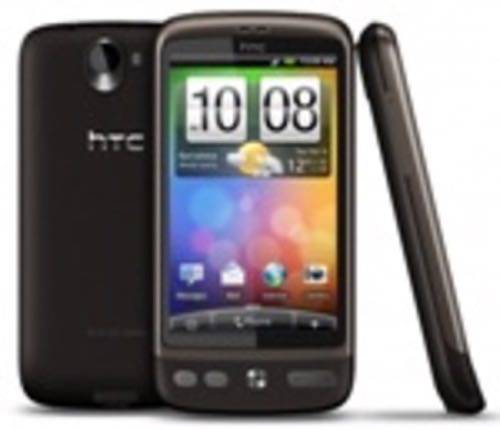Yesterday’s release of Android 4.0 Ice Cream Sandwich is going to pose a bit of a problem for the Android ecosystem. Overall, Ice Cream Sandwich should prove to be a boon for the leading smartphone platform. There will be new devices with great new functionality and user interfaces coming from the top manufacturers in the world. What is not to like?

The problem that the Android ecosystem is going to face is how to bring the majority of released devices up to date to version 4.0. At Google I/O in May, Google announced the “Android Update Alliance,” a partnership between the top OEMs and major carriers. Little has been heard from the Update Alliance since. The nature of what Ice Cream Sandwich brings to the table is going to make the Alliance’s job all that much harder.

The Alliance & Its Goals
The Update Alliance includes Verizon, HTC, Samsung, Sprint, Sony Ericsson, LG, T-Mobile, Vodafone, Motorola and AT&T. The goal is to make sure that new Android devices get platform updates for 18 months after initial release as long as the hardware allows.
There is no coincidence with the 18-month update guarantee and the fact that all four of the major U.S. cellular carriers allow users to upgrade their phones 18 months into a 24-month contract. If devices no longer get new platform updates then a user may be more likely to go buy a new device.
Android took a major jump in functionality at version 2.2 with Froyo. It was the first time that Flash worked on Android. Froyo was also the first time that Android was enabled for applications like Netflix to make the jump to devices. The jump between Eclair 2.1 and 2.2 is really where the whole “fragmentation” and user outcry that they were not getting platform updates in time came from. Gingerbread 2.3.4 was released and those with Froyo did not cry quite as loud as they did when jumping from Eclair to Froyo. Gingerbread, in the longer scheme of Android evolution, was a minor update.
Edit – Sentence above edited, as it could be misconstrued that Netflix uses Flash on Android devices. That was not the intention of the sentence, but rather that Froyo was the first time that Flash was enabled on Android devices. Coincidentally, other video standards were also supported, making Netflix possible as well.
Ice Cream Sandwich is not a minor update. This is a completely new version of Android, built on top of Honeycomb version 3.x, not on top of version 2.x. That is why the update process for existing smartphones is going to be difficult.

Fragmentation & Skins
As Phil Nickinson of Android Central points out in his recent article on Android fragmentation (which was a response to this article by Molly Wood of CNET), the types of updates that we have seen this year for Android really have very little to do with the Update Alliance. Nickinson correctly points out that the updates that came from May through the summer were more or less already planned by the OEMs and carriers. It is also worth checking out the fragmentation charts from Oct. 15 on exactly how fragmented the U.S. Android ecosystem actually is.
The fact of the matter is that the Gingerbread update was not a hard one for the carriers and OEMs to rollout. There was very little jump in functionality. The problem is going to come with how the carriers and OEMs try to reconcile Ice Cream Sandwich into various bloatware and skins.
HTC, which has been one of the OEMs on top of updating its Android line, may be in trouble here. To a certain extent, HTC just had its lunch eaten by an Ice Cream Sandwich. Android 4.0 institutes a lot of what HTC has been doing with its “value added services” and Sense Android skin. On one hand, kudos to HTC for making a great skin for Android. HTC certainly makes a tastier version of Android than Samsung’s TouchWiz and certainly the ill-fated Motorola Motoblur. The problem is that HTC is going to have a hard time reconciling Sense to Ice Cream Sandwich because the skin is so baked into the hardware. Motorola and Samsung are not going to have quite as hard a time because the skins the companies use lay more lightly on top of Android than Sense does.
HTC released a statement regarding its Ice Cream Sandwich plans, saying that it would “look at the new version” and decide its roadmap going forward.
On the carrier end, as long as the OEMs have Ice Cream Sandwich updated to their existing phones and ready to ship, there is no reason not to. Android over-the-air updates are expensive on the carriers, which is one of the (many) reasons that new Android flavors do not get shipped in a timely manner. This was the problem that Samsung and AT&T had when updating the Galaxy S Captivate from Eclair to Froyo.
One thing that Ice Cream Sandwich does that will ease the burden on the OEMs is that it makes Android backwards compatible to a variety of screen sizes. In theory, that should help speed up development cycles. Otherwise, updating older Android phones to ICS is a logistical mess that will only be solved with time as consumers upgrade devices.









